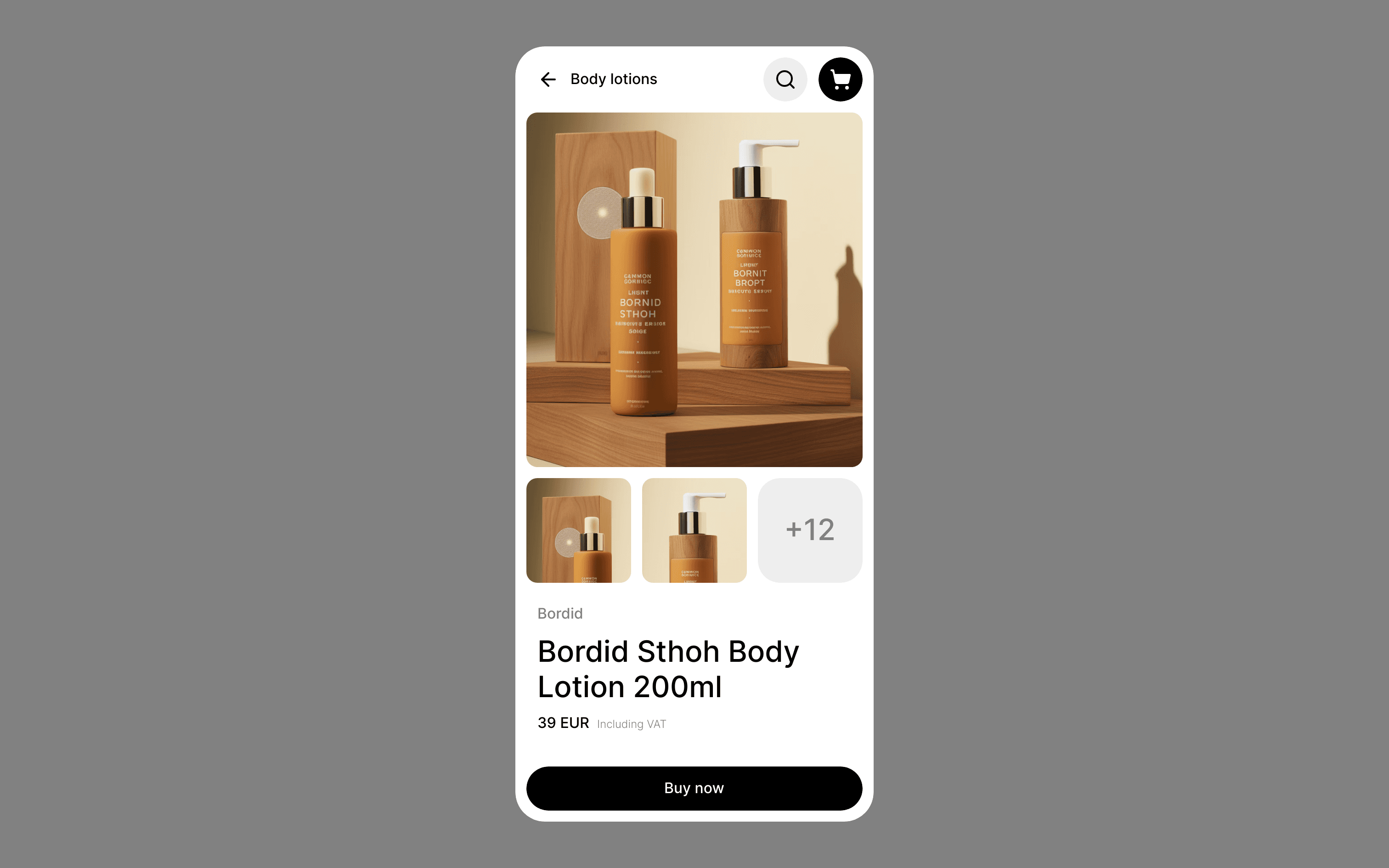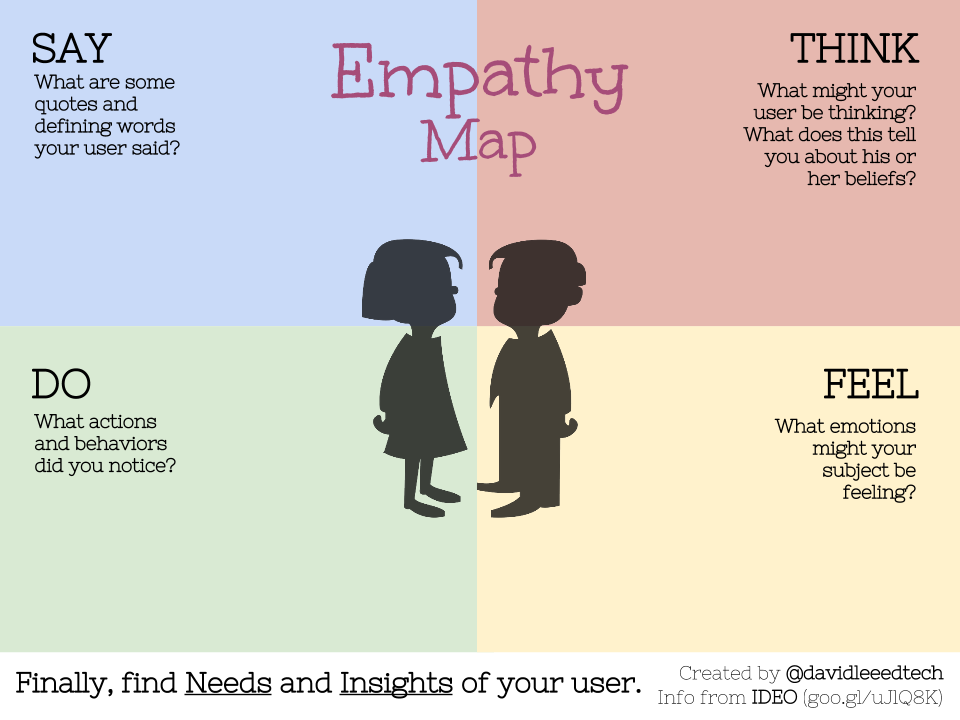Build Design Systems With Penpot Components
Penpot's new component system for building scalable design systems, emphasizing designer-developer collaboration.

medium bookmark / Raindrop.io |

Product design is one of the most commonly discussed topics. There have been many discussions going around regarding user experience design, psychology and emotion when coming to product design. Product design is a norm which is modified from the original word user experience design. The word product design looks into both user experience as well as looking into the business aspects of the product as well.
Over the years product design has evolved into a significant factor for product development companies, and many types of researchers have been done to improve the quality of the products. There are new techniques and process introduced to enhance the understandability and discoverability of the products which customers are using at the moment and in the future.
The problem with most of the product today is that product designers have a lack of interest in understanding how users feel about the product. The product designers have to think in a way they should feel that they are “in the user’s shoes” which is called empathy.
Empathy is one of the keywords that has been going around in the word User experience but never thought of using correctly. Most of the time designers use the power of empathy to acquire insights only.

Empathy is to see the real world through another’s eyes. In design terms, it means that to understand and discover needs of people so the designers can design solutions for them. In order to do that the designers should feel, give and receive unity with the users of the application.
In my study, I came across a video that beautifully explains the empathy and how empathy empowers the creative process.
How Empathy Fuels the Creative Process: Seung Chan Lim (Slim)
Designing a product is not just to create a good looking design. As designers, we should give a proper meaning to the product and make the product understandable and discoverable. More than that the product should give good user experience and should match the business goals of the relevant user groups. In order to do that the designers have to have an understanding about the life of the users.

Three state of empathy — resource : UX Magazine
The states I have mentioned above are the states that designers always misinterpret. We will look at them one by one.
Not empathizing : It is the status where the designer is not feeling unity with the “other”.
Empathizing :Empathizing is when the designers feel unity with the “other”
Over empathizing : When the designer confuse him-self with the “other”
The designers have to have a proper understanding of how to work with empathy. In order to do it properly, the designers should have the understanding of the process of the empathy.

The Empathy Process
By using this process the designers are will be able to create better engagement towards to the user and understand “others”.

photo credit — www.theartofed.com
Create and maintain humanity for the people who you are designing for

We tend to forget our products are being used by actual human and not by some advanced AI. When we create persona’s it’s better to create visual personals so that when your team looks the visual persona they will get a feeling of what the user’s feelings and thoughts.
Validating your ideas constantly

When you design, your design ideas are mostly based on hypothesis. By having empathy you should be able to go to your clients and users and get their feedback with an open mind. The designer will be able to get the best designs by validating the ideas.
Use story-boarding

Storyboarding is a tool that visually helps the designers to understand and predict how the users are going to interact with the product. It helps the designers to understand how people go though the application flow and how they are interacting with it. This will support the designers to understand and create strong narratives.
Learn and observe the user groups

When your clients come to you with a problem they tell a story that is incomplete. Most of the time they do that because they do not understand what they want most of the time. It is up to the designer to understand what the real problems are and design a solution for it. The designers can fill in the gaps for the product by observing the users. Using empathy the designers are able to understand what they like, what makes them use that application, what are the pain points, their frustrations.
Create Empathy maps

credits — davidleeedtech.wordpress.com
A empathy map shows and discuss about what a user needs. Empathy maps helps the designers to understand the users. Empathy maps helps designers to have a broad understanding on users rather than focusing on factors such as behaviors. An empathy map is divided in to four main groups.
Creating empathy in product design is one of the key things that product designs can come up with to create meaningful products with better user experience and better quality.
AI-driven updates, curated by humans and hand-edited for the Prototypr community